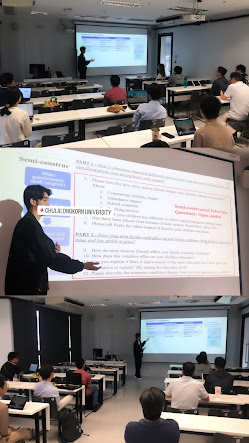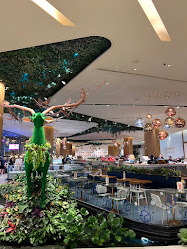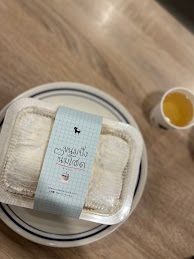This time I would like to share my story filling in a lecture in the Bangkok’s well renowned pink campus: The Chulalongkorn University. First of all, Let me introduce you to the campus. As shown in uploaded photos below, the campus identity used the color of pink! I personally think it is really pleasant to the eyes. Strolling through the campus was filled with awe! The campus is massive and was filled with ample greeneries.
Long story short, we were given a chance to fill in a lecture in the department of architecture about research methodology. I decide to share my work result using the most two well-known methodologies for knowledge acquisition: the quantitative and qualitative methodology. It was an exciting experience for me to be given an opportunity to share and discuss with the attentive Chula’s student who came from diverse background and perspective.
Located in the center of the city, Chula is just right beside the well renowned department store: The Siam Paragon. It is not difficult at all to find a good café or sweets for self-reward after studying :D. I made some time to hunt for the viral dessert in social media – The “After You Cafe” Milk Bun. I supposed the taste was self-explanatory on why it could be famous because it was so Good :)! For lunch, I had a Pad KraPao in the Siam Paragon. The plating and presentation are exquisite, but considering the price, I personally think that the taste was surprisingly so-so.
Therefore, a little of tips for Bangkok Travelers! Good food is mostly found not in the department store but next to a small street! Here is some picture we ate in a small shop located not inside luxurious mall, but next to a pedestrian. The plating might be usual, but the taste???….. was DIVINE!
All in all, I really love Thailand! The food, the place, and everything it offers!
By the way, it is now the beginning of the new semester in University of Tokyo! Let’s put our best foot forward these upcoming months too! See you all soon in the next chance.
Have a blessful day!
Leon, 8 Apr 2024




































